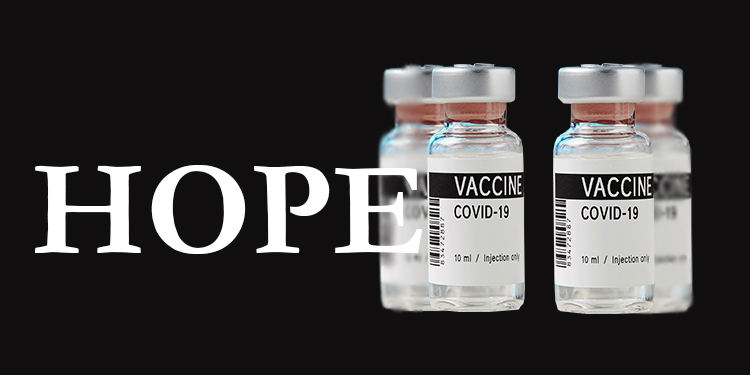
We hope our readers are well and their families too.
A virus is “simply a piece of bad news wrapped up in protein,” the biologists Jean and Peter Medawar wrote in 1977. The virus which causes covid-19 contains a bundle of bad news known as the genome of SARS COV 2. So corona has an anatomy of RNA inside and protein of SPIKE like structure on the outside. Spiky structure helps the coronavirus latch onto cells that it can invade.
Now everyone has a question, why is it taking so long to develop a corona vaccine? Vaccines basically require years of research and testing before reaching the clinic. The testing of a vaccine has to pass through a Preclinical Testing and round of three phases after it of Clinical Testing.
PRECLINICAL TESTING:
Scientists give the vaccine to animals such as mice or monkeys to see if it produces an immune response.
PHASE 1 SAFETY TRIALS:
Scientists give the vaccine to a small number of people to test safety and dosage as well as to confirm that it stimulates the immune system.
PHASE 2 EXPANDED TRIALS:
Scientists give the vaccine to hundreds of people split into groups, such as children and the elderly, to see if the vaccine acts differently in them.
These trials further test the vaccine’s safety and ability to stimulate the immune system..
PHASE 3 EFFICACY TRIALS:
Scientists give the vaccine to thousands of people and wait to see how many become infected. These trials can determine if the vaccine protects against the coronavirus.
In June, the F.D.A. said that a coronavirus vaccine would have to protect at least 50% of vaccinated people to be considered effective.
In addition, Phase 3 trials are large enough to reveal evidence of relatively rare side effects that might be missed in earlier studies.
Research is happening at breakneck speed. About 140 are in early development, and around two dozen are now being tested on people in clinical trials. We will focus on some of the promising medicines that are creating hope around the globe.
Sputnik V:
The "Sputnik V" is a vaccine developed by the Gamaleya research institute in coordination with the Russian defence ministry. It is based on a proven vaccine against adenovirus -
the common cold.The vaccine is expected to provide immunity from SARS-CoV-2, the virus that causes COVID-19, for up to two years, according to the Russian health ministry.
Remdesivir:
Developed a decade ago, this drug failed in clinical trials against Ebola in 2014.
But it was found to be generally safe in people. Research with MERS, a disease caused by a different coronavirus, showed that the drug blocked the virus from replicating.
AstraZeneca's AZD1222:
This vaccine prototype is considered to be the most advanced one among all the samples currently in development. It is currently in large-scale Phase-III trials, which typically involve more participants, including a control group,
and test effectiveness of the vaccine to prevent the disease (an "interventional" trial), while monitoring for adverse effects at the optimal dose.
This prototype was developed at the University of Oxford and the Jenner Institute.
ICMR supervising efficacy of BCG vaccine:
The India Council of Medical Research (ICMR) is all set to conduct a study to evaluate the effectiveness of the BCG vaccination in preventing
morbidity and mortality due to COVID-19 in elderly individuals between 60 to 95 years of age living in COVID-19 hotspots in India.
Moderna's mRNA-1273:
American pharmaceutical firm Moderna's mRNA-1273 vaccine prototype, one of the leading candidates in the world, will enter the Phase-III of human clinical trials. It is currently in large-scale Phase-II trials, which evaluate immunogenicity, dose levels (efficacy based on biomarkers),
and adverse effects of the candidate vaccine, typically in hundreds of people.